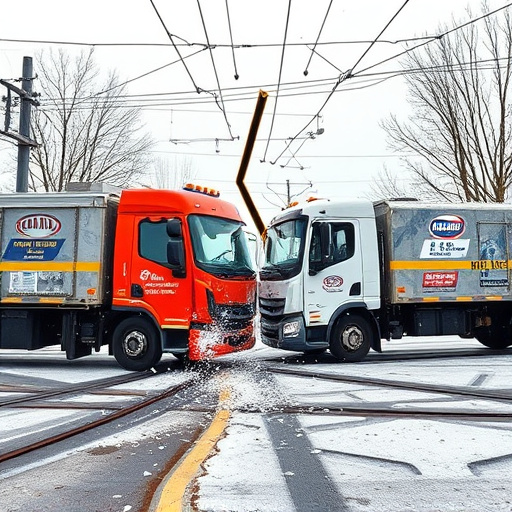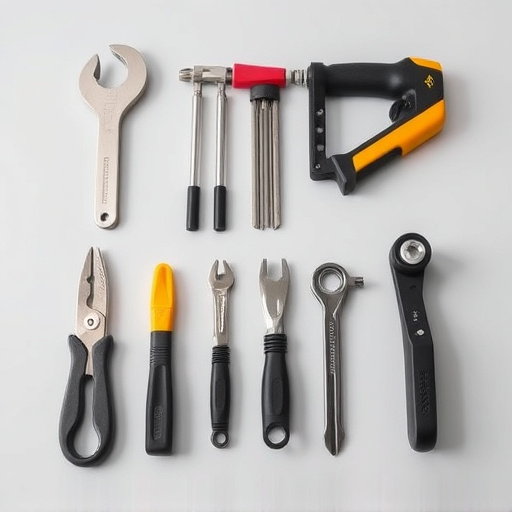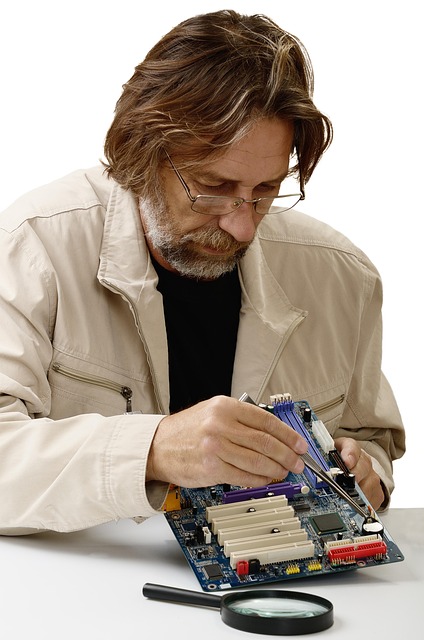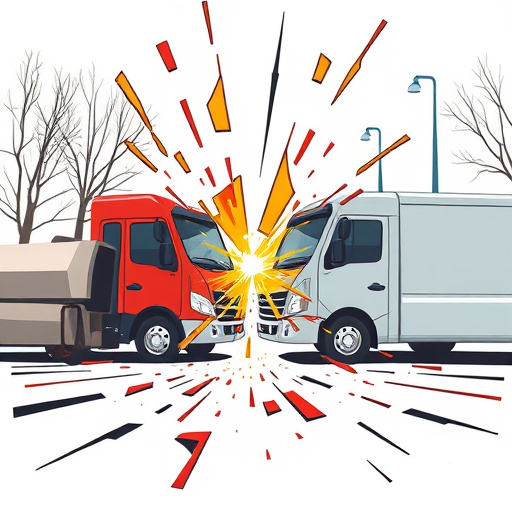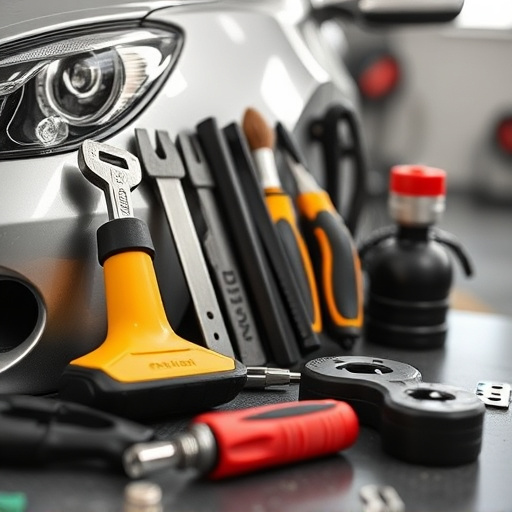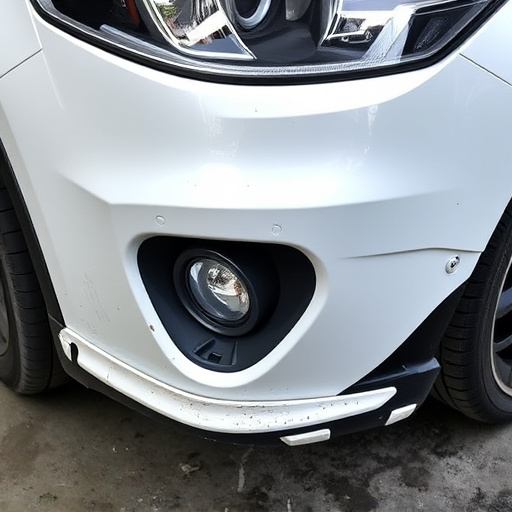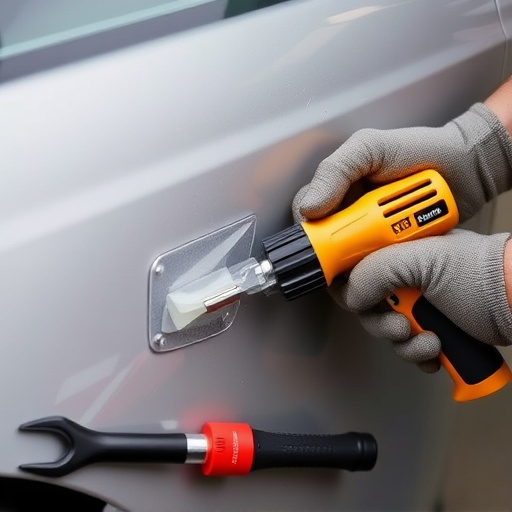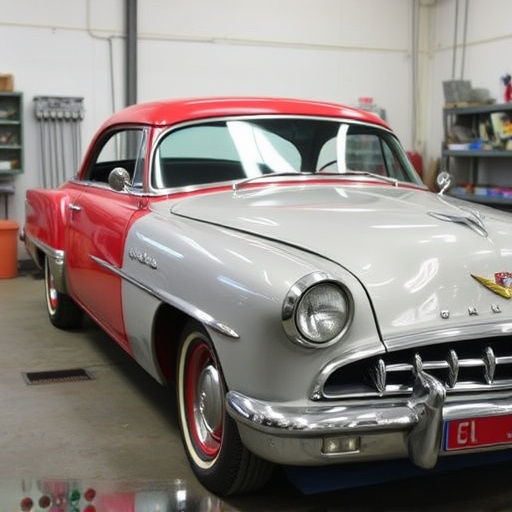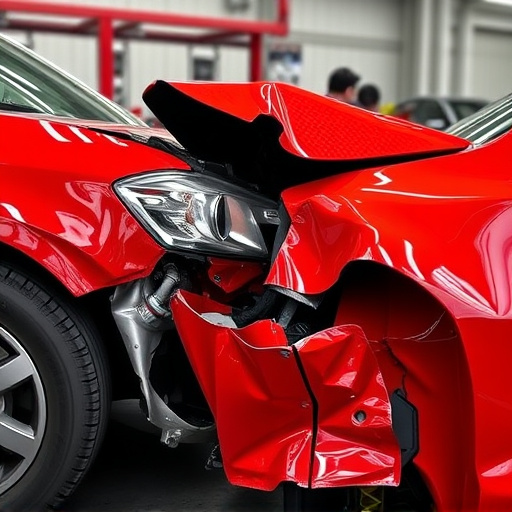A thorough vehicle frame inspection after an accident is critical for safety and structural integrity. Certified technicians use advanced tools to assess key components like chassis and suspension, aligning wheels and tires as needed. Routine inspections often reveal issues like misalignment, bent frames, and corrosion, requiring specialized repair and restoration processes to preserve the vehicle's integrity.
“Certified technicians play a pivotal role in ensuring vehicle safety through meticulous frame inspections. This article offers an in-depth guide, covering essential components of these assessments and the tools that make them effective. We’ll explore common issues discovered during inspections, providing valuable insights for both professionals and car enthusiasts. Learn about the art and science of vehicle frame inspection to make informed decisions regarding your automotive investments.”
- Understanding Key Components of Frame Inspection
- Tools and Techniques for Comprehensive Assessment
- Common Issues Found During Vehicle Frame Inspections
Understanding Key Components of Frame Inspection

A thorough vehicle frame inspection is a critical step in assessing the overall condition and safety of a car after an accident. Certified technicians delve into several key components during this process. First, they examine the chassis, which includes the backbone of the vehicle and essential structural elements like the frame rails, crossmembers, and body mounts. Damage to these parts can compromise the car’s stability and handling.
Technicians also closely inspect the suspension system, looking for signs of wear or misalignment that could have been exacerbated by a collision. This involves checking shock absorbers, springs, control arms, and other components crucial for smooth ride quality and vehicle control. Additionally, they assess the alignment of wheels and tires, which is essential for proper steering and braking performance, often requiring adjustments at an auto collision center or auto repair shop to restore optimal alignment after a crash.
Tools and Techniques for Comprehensive Assessment

When conducting a vehicle frame inspection, certified technicians employ a variety of specialized tools and techniques to ensure a comprehensive assessment. These include advanced digital measuring devices that can detect even the slightest discrepancies in frame alignment, allowing for early identification of potential issues like hail damage repair or car restoration needs. Computerized diagnostic tools are also utilized to analyze the vehicle’s electronic systems, which play a critical role in safety features and structural integrity post-collision repair.
Beyond technological aids, hands-on expertise remains paramount. Technicians use manual inspection methods such as visual examination, tapping, and tapping techniques to identify unusual sounds or vibrations that could indicate hidden damage. This meticulous process is essential for accurately assessing the overall condition of the vehicle frame, ensuring that any necessary repairs, whether for hail damage repair, car restoration, or vehicle collision repair, are made with precision and care.
Common Issues Found During Vehicle Frame Inspections
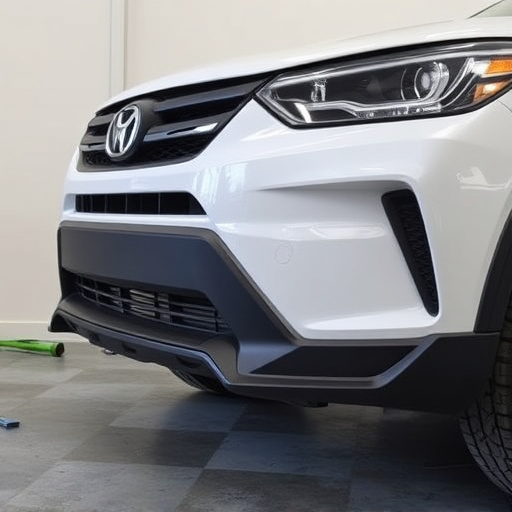
During vehicle frame inspections, several common issues often come to light. One of the most frequent problems is misalignment or bent frames, usually caused by accidents, road hazards, or improper handling during transport. These can be easily overlooked but significantly impact a vehicle’s structural integrity and safety.
Another prevalent concern is corrosion, particularly in regions with harsh climates or where vehicles are exposed to salt water. Corroded frames weaken the overall structure and may require extensive automotive collision repair or hail damage repair. Proper frame inspection also reveals signs of previous repairs that were not executed correctly, which could lead to future structural failures. Skilled technicians pay close attention to these details, ensuring that any issues identified are addressed appropriately before proceeding with vehicle restoration processes.
A thorough vehicle frame inspection is an indispensable skill for certified technicians, enabling them to uncover potential safety issues and ensure structural integrity. By understanding key components, utilizing appropriate tools, and staying vigilant for common problems, professionals can deliver reliable assessments. This article has provided valuable insights into the process, empowering technicians to perform comprehensive vehicle frame inspections with enhanced precision and confidence.
